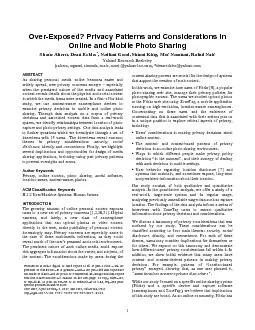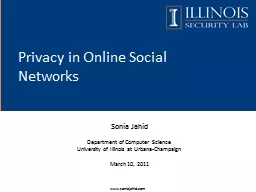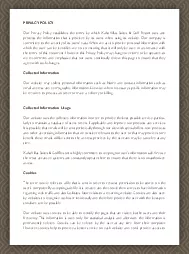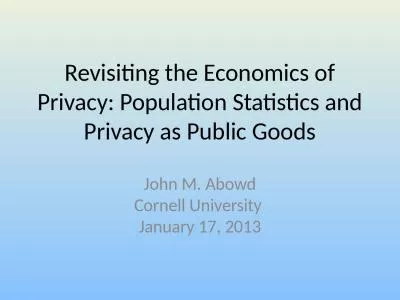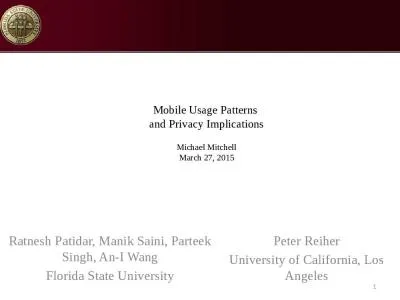PDF--Exposed? Privacy Patterns and Considerations in Online and Mobile Pho
Author : sherrill-nordquist | Published Date : 2015-09-17
ACM Classification Keywords H12 UserMachine Systems Human factors INTRODUCTION The growing amount of online personal content exposes users to a new set of privacy
Presentation Embed Code
Download Presentation
Download Presentation The PPT/PDF document "-Exposed? Privacy Patterns and Considera..." is the property of its rightful owner. Permission is granted to download and print the materials on this website for personal, non-commercial use only, and to display it on your personal computer provided you do not modify the materials and that you retain all copyright notices contained in the materials. By downloading content from our website, you accept the terms of this agreement.
-Exposed? Privacy Patterns and Considerations in Online and Mobile Pho: Transcript
Download Rules Of Document
"-Exposed? Privacy Patterns and Considerations in Online and Mobile Pho"The content belongs to its owner. You may download and print it for personal use, without modification, and keep all copyright notices. By downloading, you agree to these terms.
Related Documents

